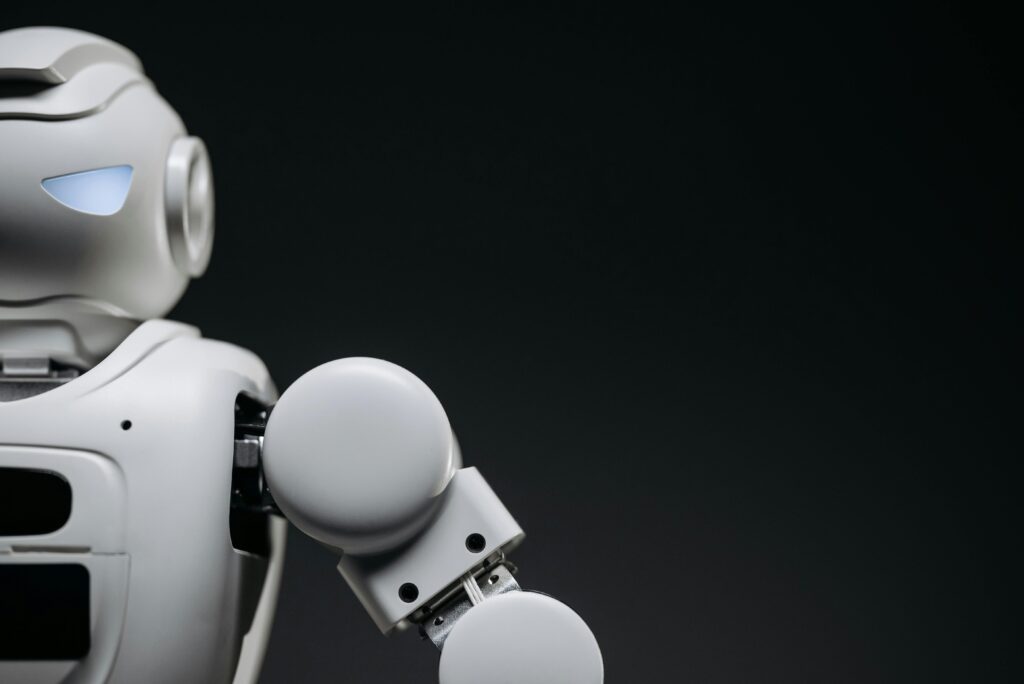Robotics and automation are transforming industries and everyday life. From manufacturing to healthcare, these technologies are increasing efficiency, reducing costs, and enhancing precision. This blog explores the key aspects of robotics and automation, highlighting their current applications, benefits, and future prospects.

Table of Contents
1. Introduction to Robotics and Automation
Robotics and automation involve the design, construction, operation, and use of robots and automated systems. These technologies aim to perform tasks that are repetitive, dangerous, or require high precision. Robots can be autonomous or semi-autonomous and are used in various sectors, including manufacturing, healthcare, agriculture, and logistics.
1.1 Definition and Scope
Robotics is the branch of technology that deals with the design, construction, operation, and application of robots. Automation refers to the use of control systems and information technologies to reduce the need for human intervention in processes.
1.2 Historical Background
The concept of robots dates back to ancient civilizations, but modern robotics began in the mid-20th century with the advent of computers and advanced electronics. The first industrial robot, Unimate, was introduced in the 1960s, revolutionizing manufacturing.
2. Applications of Robotics and Automation
Robotics and automation have a wide range of applications across different industries, significantly impacting productivity and efficiency.
2.1 Manufacturing
In manufacturing, robots are used for tasks such as assembly, welding, painting, and packaging. Automation in manufacturing has led to increased production rates and improved product quality.
2.2 Healthcare
Robots assist in surgeries, rehabilitation, and patient care. Robotic surgery allows for minimally invasive procedures, reducing recovery times and improving surgical outcomes.
2.3 Agriculture
Automation in agriculture includes the use of drones for crop monitoring, robotic harvesters, and automated irrigation systems. These technologies help optimize resource use and increase crop yields.
2.4 Logistics and Supply Chain
Automated systems in logistics manage inventory, sort and pack goods, and handle transportation. This reduces operational costs and speeds up delivery times.
3. Benefits of Robotics and Automation
The integration of robotics and automation offers numerous benefits, transforming how industries operate.
3.1 Increased Efficiency
Robots can work continuously without fatigue, leading to higher productivity and efficiency in operations.
3.2 Improved Precision and Quality
Automation ensures consistent performance and reduces human error, resulting in higher quality products and services.
3.3 Cost Reduction
Although the initial investment in robotics and automation can be high, the long-term savings in labor costs and increased efficiency often justify the expenditure.
3.4 Enhanced Safety
Robots can perform dangerous tasks, reducing the risk of injury to human workers. This is particularly important in industries like mining, construction, and chemical manufacturing.
4. Challenges
Despite the advantages, there are several challenges to the widespread adoption of robotics and automation.
4.1 High Initial Costs
The cost of developing and implementing robotic systems can be prohibitive for small and medium-sized enterprises.
4.2 Technological Complexity
Designing and maintaining advanced robotic systems require specialized knowledge and skills, which can be a barrier for many organizations.
4.3 Ethical and Social Implications
The rise of automation raises concerns about job displacement and the ethical use of robots. Ensuring that these technologies are deployed responsibly is crucial.
4.4 Integration with Existing Systems
Integrating new robotic and automated systems with existing infrastructure can be complex and requires careful planning.
5. The Future of Robotics and Automation
The future of robotics and automation holds exciting possibilities, with advancements poised to further revolutionize various sectors.
5.1 Artificial Intelligence and Machine Learning
Integrating AI and machine learning with robotics will enable robots to learn from their environment and make decisions, enhancing their capabilities and applications.
5.2 Collaborative Robots
Collaborative robots, or cobots, are designed to work alongside humans, combining the strengths of both human intelligence and robotic precision.
5.3 Autonomous Systems
Advancements in autonomous systems will lead to self-driving cars, drones for delivery, and other innovations that can operate independently without human intervention.
5.4 Industry 4.0
The fourth industrial revolution, or Industry 4.0, involves the integration of digital technologies with physical systems. Robotics and automation are central to this transformation, enabling smart factories and interconnected systems.
Conclusion
Robotics and automation are transforming industries and reshaping the future. While there are challenges to overcome, the benefits of increased efficiency, improved quality, and enhanced safety are undeniable. As technology continues to advance, the potential applications of robotics and automation will expand, driving innovation and growth across various sectors. Embracing these technologies responsibly will be key to harnessing their full potential and addressing the associated ethical and social challenges.
